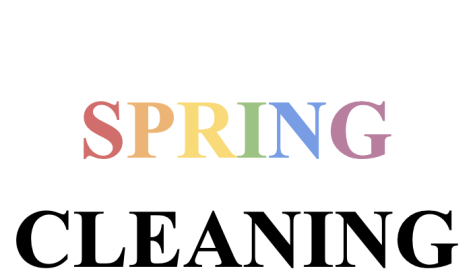Is Dress Code a Problem?

December 9, 2022
Around high school, many topics are up for debate. A big one is the dress code. Almost everyone has feelings about it. Why should or shouldn’t it be implemented? We’re going to look into some perspectives and see how students feel.
The first thing to establish is what dress codes look like in average public schools. Most schools have something along the lines of shoulders, midriff, and cleavage shouldn’t be shown, and shorts and skirts must be longer than mid-thigh, often also nothing that promotes violence or drug references. Individual schools might have greater or fewer rules in place. Some have rules on jewelry, accessories, and even hair. The question is, why do schools carry out a dress code?
Many students have issues with the dress code and how schools enforce it. Marcus High School in Flower Mound, Texas, was described as only convicting girls of violating the dress code. In St. Louis, the Oakville High School principal was recorded on video apologizing to parents after distinctly telling female students they need to cover up to avoid distracting their male peers. Often, administrators describe dress codes’ purpose as limiting distractions for other students, but people ask, what is so distracting about a tank top or midriff of an underage student?
“In my opinion, the whole idea of dress code having dealt with it firsthand for many years, is a very sexist approach to regulating young women’s bodies and excusing it as a non-destructive work environment for their peers while implying that young students have something to hide with their bodies,” says Keyanna Davis, a freshman at Peninsula High School.
Here at PHS, our dress code was completely rewritten. “We just saw it was inequitable,” Mrs. Bowlan, a teacher at Peninsula stated. She went on to explain that it was enforced in less than-equal ways. Hence why she was involved in rewriting our school dress code to be more open for our students to express themselves, without risk of unfair treatment.
While many think school dress codes are unnecessary, some appreciate them. They say it has positive effects, such as increased focus and solitude among students. Jimmy Creel and Angela Stallings while working on their doctorates conducted a study on the implementation of dress codes, coming to the conclusion that dress codes can have helpful outcomes. Creel concluded that their study had many benefits, such as “improved campus morale and reduced discipline, increased school pride, improved collaboration and teamwork among students.”
Some perceive an issue stemming from the dress code as, what they consider, hypocrisy from the reasoning behind it. Many schools defend dress codes by claiming the purpose is to create a better work environment for students. However, when someone decides to wear something that violates the guidelines and they don’t have anything to change into, they often have to go home or sit in the office, which takes up time they could be spending in class. So, while aiming to better the student’s learning, the dress code disrupts the schooling of others.
Everybody will always have opposing takes on the dress code. More developments will take place on this topic. Whether it’s loosening the rules or restricting further.
https://www.edweek.org/leadership/do-school-dress-codes-discriminate-against-girls/2018/08
https://www.shsu.edu/~pin_www/T@S/2001/DressCode.html












